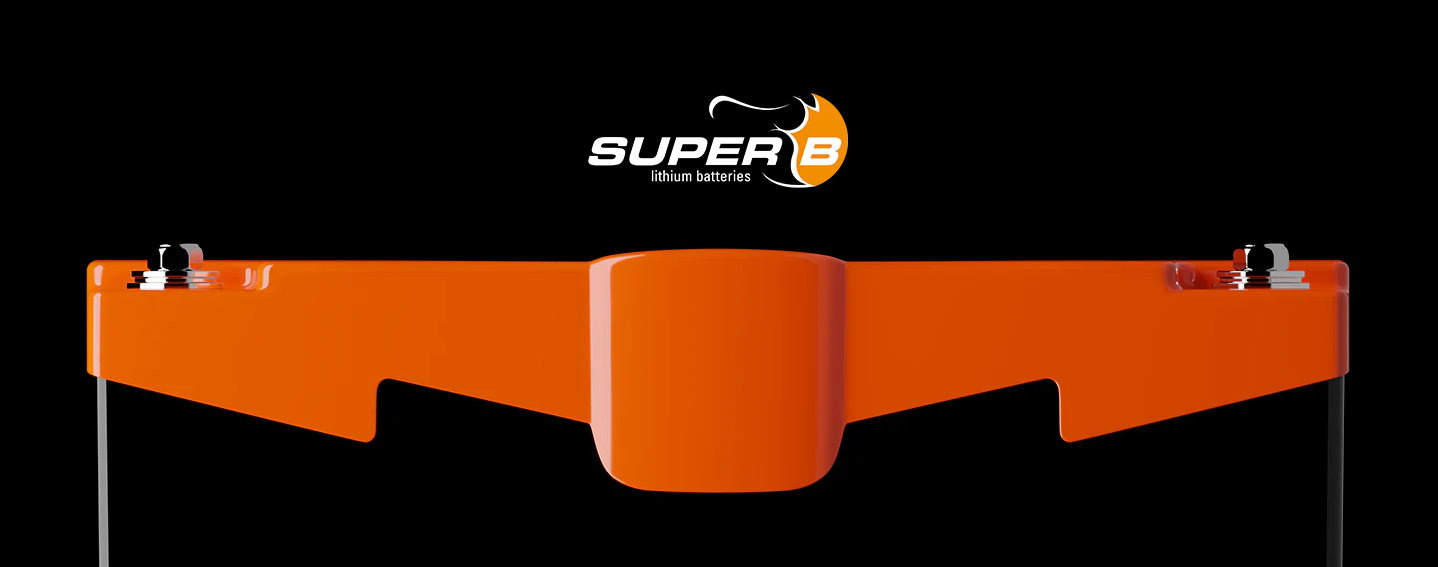When on a racing track, the battery often gets overlooked, yet it can significantly impact your car's performance. In this comprehensive guide, we'll look into the world of Super B batteries and explore why they're the best choice for your racing setup.
Understanding the Importance of the Right Battery
When it comes to track day cars, lightweight and high-performance components are key. Traditional lead-acid batteries, while reliable, can be heavy and have limited performance capabilities. This is where Super B batteries shine. These cutting-edge lithium iron phosphate (LiFePO4) batteries offer significant advantages over their traditional counterparts, including:
- Lightweight Design: Super B batteries are significantly lighter than lead-acid batteries, making them ideal for track day cars where weight reduction is critical for improved performance.
- Enhanced Performance: With superior power-to-weight ratios, Super B batteries deliver more power in a smaller package, providing quicker starts and improved overall performance.
- Longevity: Unlike lead-acid batteries, Super B batteries have a longer lifespan and can withstand multiple charge cycles without significant degradation, ensuring reliable performance on the track.
Choosing the Right Super B Battery for Your Track Day Car
Not all Super B batteries are created equal, and choosing the right one for your track day car requires careful consideration. Here are some factors to keep in mind:
- Voltage and Capacity: Determine the voltage and capacity requirements of your car to ensure compatibility with the chosen Super B battery. Most track day cars operate on a 12-volt system, but it's essential to verify this before making a purchase.
- Size and Fitment: Super B batteries come in various sizes and form factors, so it's crucial to choose one that fits your car's battery compartment without the need for extensive modifications.
- Cold Cranking Amps (CCA): Consider the CCA rating of the Super B battery, which indicates its ability to deliver power in cold temperatures. While track day cars may not encounter extreme cold conditions on the track, a higher CCA rating ensures reliable performance in all weather conditions.
- Weight: Opt for the lightest Super B battery that meets your performance requirements to maximise weight savings without sacrificing power or reliability. Consider lighweight options that meet your needs, without being too expensive - many weight-reducing motorsport batteries are typically quite expensive.
Installation and Maintenance Tips
Installing a Super B battery in your track day car is relatively straightforward, but there are a few essential tips to keep in mind:
- Proper Mounting: Ensure the Super B battery is securely mounted in your car's battery compartment to prevent movement during high-speed manoeuvres on the track. Dedicated Super B mounting brackets ensure complete compatibility with your Super B Battery.
- Charging: Use a compatible lithium battery charger to maintain the health and longevity of your Super B battery. Avoid overcharging or discharging the battery beyond its recommended limits.
- Monitoring: Keep an eye on the voltage level of your Super B battery, especially during extended periods of storage. Most Super B batteries feature built-in battery management systems (BMS) that monitor voltage and temperature to prevent overcharging or overheating.
- Maintenance: Unlike lead-acid batteries, Super B batteries require minimal maintenance. However, it's essential to periodically check for any signs of damage or corrosion and address them promptly to ensure continued performance and reliability.
Upgrade Your Track Day Setup With Super B
Upgrading to a Super B battery is one of the most effective ways to enhance the performance of your track day car. With their lightweight design, superior performance, and long lifespan, Super B batteries offer a winning combination for enthusiasts looking to push their cars to the limit on the track. Shop Super B Motorsport Batteries online at Aim to order yours.



Share:
Transforming Your 1959 Ford 100E with AiM PDM32 + MaxxECU: A Comprehensive Installation Guide Delivered by Urchfab
Essential Considerations For Installing PDM In Motorsport